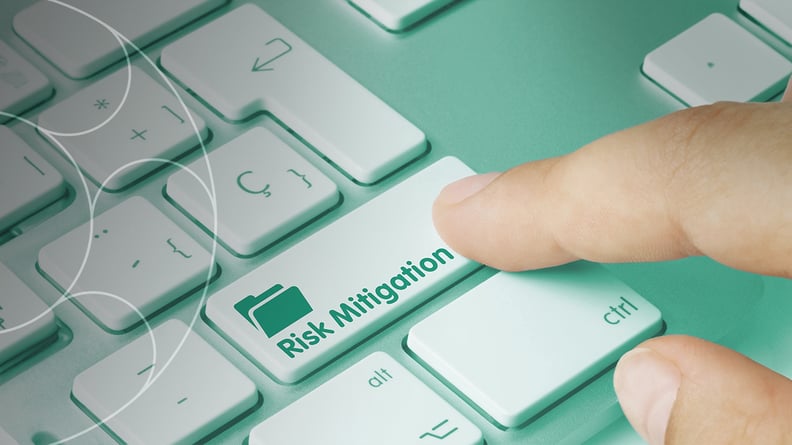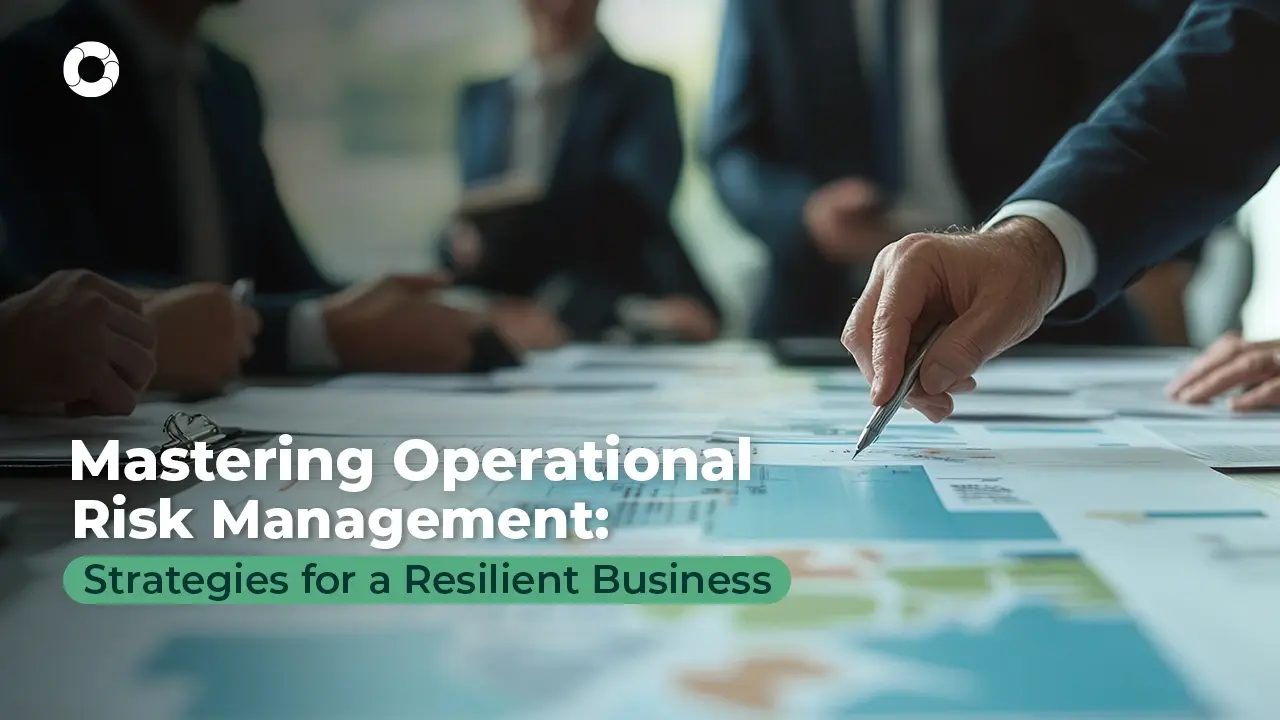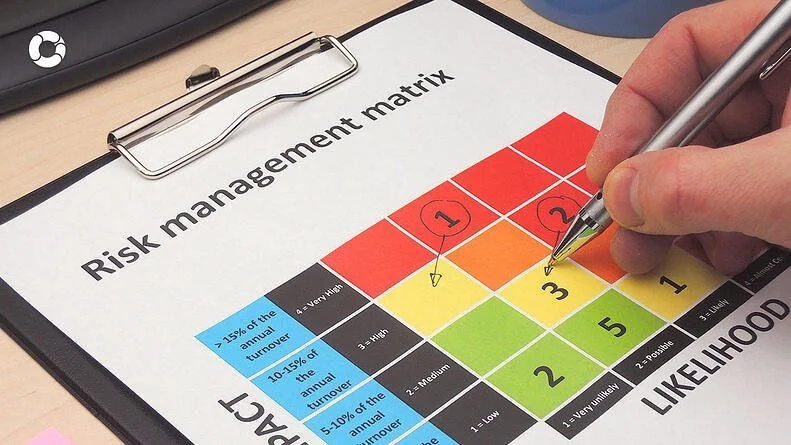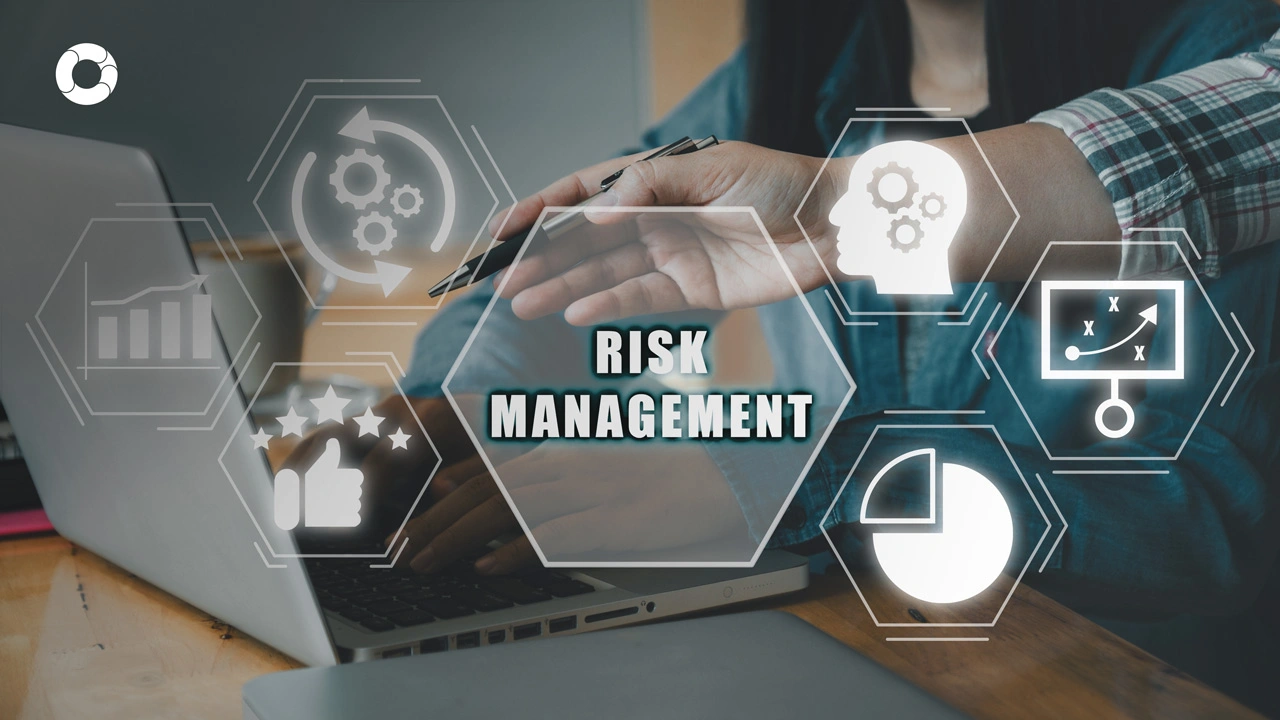8 Essential Risk Mitigation Strategies for Businesses

In today’s modern business landscape, risk mitigation isn’t just a good practice; it’s a lifeline for organizations. The consequences of neglecting risk mitigation can be severe.
In fact, according to FEMA, 40% of small businesses do not open again after being struck by a natural disaster. This is a stark reminder of the significance of risk mitigation in a world where the range and impact of potential risks are expanding.
In this article, we’ll review 8 essential risk mitigation strategies that are indispensable for today’s businesses. Used together with risk management software, these strategies can empower your organization to address and mitigate potential risks in the best way to safeguard your profitability and ensure business continuity, even in the face of adversity.
8 Essential Risk Mitigation Strategies for Today’s Businesses
The key to sustainability and resilience lies in an effective risk mitigation process. To navigate this imperative, let’s delve into eight indispensable types of risk mitigation strategies that empower organizations to proactively address and mitigate different types of risks, ensuring a strong business continuity plan and business strategy in a dynamic and uncertain world.
Pro-tip: Pair these strategies with this fillable risk assessment table template from FEMA/
1. Establish a Clear Risk Management Framework
A risk management framework is a structured and systematic approach defining the process and methodology for identifying, assessing, and mitigating organizational risks.
A well-defined risk management framework is the backbone of effective risk mitigation. It offers several advantages, including:
- Consistency: It provides a consistent and standardized approach to identifying and assessing risks, ensuring that no potential threat is overlooked.
- Compliance: Many industries and organizations are subject to regulatory requirements. A clear framework helps ensure that risk management practices align with these regulations.
- Clarity: It offers clarity and transparency in the risk management process, making it easier for team members and stakeholders to understand their roles and responsibilities.
- Efficiency: A structured framework streamlines the risk management process, making it easier to identify when to do a risk acceptance, risk transfer, or risk mitigation.
2. Continuous Risk Assessment
Risk assessment isn’t a one-and-done task. Ongoing risk assessment is a must, and it offers several advantages over one-time evaluations.
As new possible risks emerge while others evolve, continuous assessment ensures your business stays adaptive and responsive to those changes. Business risks also don’t give advance notice. Continuous monitoring helps identify potential threats as soon as they materialize, allowing for swifter responses.
Some popular methods for this include:
- Risk Registers: Maintaining a comprehensive risk register of identified risks is a foundational element of continuous risk assessment. This database tracks and monitors risks, their potential impacts, and the strategies in place to mitigate them.
- Scheduled Reviews: Regular reviews, whether monthly, quarterly, or annually, allow organizations to revisit and update their risk assessments. These often include new information and insights to ensure the risk landscape is accurately reflected.
3. Diversity and Spread Your Exposures
The old adage, “Don’t put all your eggs in one basket,” is a fundamental principle in risk mitigation. It underscores the importance of diversification—spreading investments or exposure across various assets.
Diversification reduces the potential impact of a single adverse event, ensuring that a setback in one area doesn’t lead to catastrophe for the whole business.
One compelling real-world example of a company that benefited from diversification is Amazon. Originally an online bookstore, Amazon expanded its business diversification to an extraordinary extent.
Amazon evolved into a global e-commerce giant by:
- Entering the cloud computing industry with Amazon Web Services (AWS)
- Venturing into the entertainment sector with Amazon Prime
- Exploring the grocery market with its acquisition of Whole Foods
This diversification strategy transformed Amazon from a one-dimensional retailer into a conglomerate with multiple revenue streams. When the COVID-19 pandemic hit, the company experienced an unprecedented surge in e-commerce demand, balanced by steady income from its cloud computing and subscription-based services.
4. Develop a Robust Incident Response Plan
A good incident response plan is a detailed framework that guides your business’s actions when a security incident occurs. It typically includes the following elements:
- Incident identification
- Incident classification
- A response team
- Containment strategies
- Eradication and recovery strategies
- Communication plans
- Legal and compliance response plans
- Documentation and reporting
An incident response plan is only as good as its effectiveness when put into action. Testing and regular updates are crucial for several reasons:
- Testing reveals gaps or weaknesses in the plan, allowing for refinements and improvements.
- Regular drills and exercises help response teams understand their roles and responsibilities, enhancing their readiness.
- Regular updates ensure the plan remains relevant and effective in addressing new risks as security risks constantly evolve.
- Keeping the plan updated ensures compliance with the latest legal requirements.
5. Employee Training Awareness
Human error is a leading cause of risk incidents in organizations. Whether it’s unintentional data disclosure, clicking on a malicious link, or misconfigured security settings, employees’ actions and decision-making can significantly impact an organization’s vulnerability to risk.
To mitigate the impact of the risk, you should prioritize consistent training and foster a culture of awareness.
Make sure to:
- Create regular training programs on cybersecurity best practices, information security planning, risk identification, and incident response.
- Include training that focuses on recognizing phishing attempts and social engineering tactics that can empower employees to avoid falling victim to such attacks.
- Familiarize employees with the security policies and procedures.
- Creating a culture where employees feel comfortable reporting security concerns and potential incidents ensures that issues are addressed promptly.
6. Technology and Automation
Technology has become a powerful ally in identifying, monitoring and responding to risks. It offers several advantages in the realm of risk management:
- Data Analysis: Technology can process vast amounts of data, identifying patterns and anomalies that may indicate potential risks.
- Real-Time Monitoring: Automated systems can provide real-time insights into potential threats, allowing organizations to respond swiftly.
- Efficiency: Technology streamlines risk management processes, reducing the time and effort required to assess and address risks.
Automated risk management tools also complete tasks more quickly than manual processes, saving considerable time. They can also scale and accommodate the needs of large and complex businesses.
7. Financial Safeguards
Insurance policies, whether for property, liability, cybersecurity, or other areas, act as a financial safety net in unexpected risk events. They provide compensation and support to help organizations recover from losses and liabilities.
You should also focus on creating financial reserves that can be cash holdings or assets. They provide the liquidity needed to navigate challenges, cover unexpected expenses, and maintain financial stability.
A proactive approach to your financial planning creates a buffer that can help mitigate losses, ensure business continuity, and meet your obligations to customers and other stakeholders.
8. Regularly Review and Update Your Mitigation Strategies
Risks evolve, new threats emerge, and old ones change shape. To maintain effective risk mitigation, organizations must ensure their strategies remain up-to-date and resilient.
Some methods you can use to make sure your risk management approach stays up to date include:
- Regular risk assessments conducted on a predetermined schedule.
- Implementing systems for real-time risk monitoring keeps organizations informed about new threats as they emerge.
- Conducting scenario analysis to adapt you to various future situations.
- Keep your risk mitigation practices aligned with changing regulations and compliance requirements.
- Run drills or simulations of potential risk scenarios to help your team members practice their risk responses and prepare them for real-life incidents.
Streamline Risk Mitigation with Pirani Risk
In this blog post, we’ve explored essential risk mitigation strategies, from clear frameworks for operational risks to financial safeguards and tracking risks continuously. Let’s introduce a game-changer: Pirani’s state-of-the-art risk management solutions.
Pirani Risk empowers you to streamline your risk avoidance efforts with advanced features, from comprehensive reporting to customizable security controls.
Are you ready to take your risk mitigation plan to the next level?
You May Also Like
These Related Stories

Learn 5 strategies to manage risk

Importance of key indicators in risk management

The 4 key steps to cybersecurity risk management

Mastering Operational Risk for Business Resilience

3 tips to identify risks



No Comments Yet
Let us know what you think